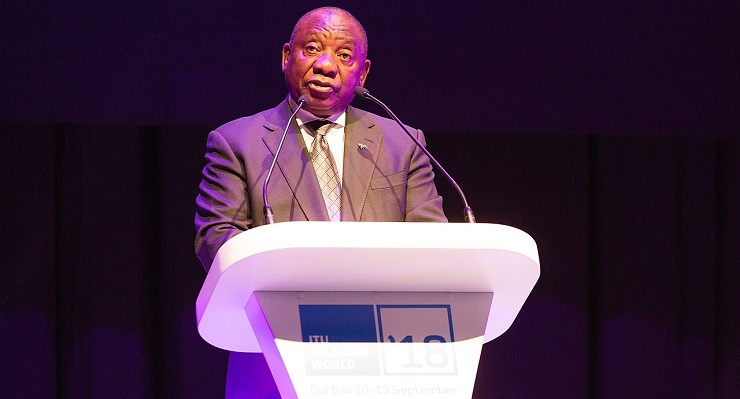
The current President of South Africa, Cyril Ramaphosa, was Vice President during the tenure of President Jacob Zuma. Under Zuma, South Africa’s political, economic and social decline reached the threshold of no-return. A non-South African Indian family known as The Guptas, was allowed to rule South Africa de facto. They schemed with government officials to transform South Africa into the world’s worst Kleptocracy. As it is commonly stated, there was “state capture” under Zuma. The objective was to loot as much as possible from all state coffers regardless of the implications for the eradication of poverty and inequality and consequences for democracy, peace and stability. As a result, South Africa, once a capable State with the biggest economy in Africa, has become an impoverished country where modernization has been reversed and governing politicians lie to the people that South Africa’s problems are not the fault of the ruling class but that of illegal immigrants.
President Ramaphosa has shown praiseworthy commitment to address the wrongs of state capture. Under him, the Commission of Inquiry into State Capture has been trying to investigate what went wrong so that legal action(s) can be taken. Jacob Zuma who has done everything possible not to appear before the commission is today in jail for contempt of court. His arrest sparked riots that became an opportunity for South Africa’s impoverished masses to loot shops and bank ATMs. The chaos is now what has come to be known as the “week of shame“. It has breathe more life into the need to understand state capture.
But President Ramaphosa was Vice President under Zuma. So how come he was not aware of the corruption and the hijacking of the state by The Guptas and other regime cronies? Was he himself not part of the whole scheme? Did he do anything about it if he wasn’t involved in dipping fingers into the “cookie jar”? The argument has, therefore, been that he too must appear before the commission. He did so Wednesday and claimed he was aware of wrongdoing but did not leave government because he wanted to face the challenge from within. He argued that leaving government would have taken away his ability to contribute to addressing the problem. An article published by the Associated Press and written by Mogomotsi Magome had more on President Rampahosa’s appearance before the commission. Read the full article here.
Leave a Reply